Google Doodle Celebrates Peter Carl Fabergé's 166th Birthday [PHOTOS]
Google has come up with a new doodle to celebrate the 166<sup>th birthday of Peter Carl Fabergé, a famous Russian jeweller, by displaying six Faberge Eggs on its home page.
The jeweller created Faberge Eggs with gold and silver and decorated the eggs with diamonds, rubies and several other precious items.
Peter Carl Fabergé was born in Saint Petersburg, Russia, on 30 May, 1846. His father, Gustav Fabergé, was from Germany and he was also a jeweller. The Fabergé family was originally from France, but they fled that country after the revocation of the Edict of Nantes under which all Protestants had to convert to Christians if they wanted to stay in France.
Carl Fabergé studied and worked as a goldsmith in Germany. In 1864, he studied the art of making different designs of jewels from various jewellers in Germany, France and England. He also studied a course at Schloss's Commercial College in Paris.
When he was 24 he inherited his father's jewellery shop in Saint Petersburg. For ten years he produced the same kind of jewels that other jewellers made. He also used to repair and store all old precious artefacts.
Carl Fabergé reorganized the business with the help of his able brother Agathon and forever changed the face of jewellery and art. In 1882 Carl's younger brother Agathon, a trained jeweller with full of ideas, appeared on the scene. The two made copies of ancient Russian treasures and sold them. Eric Kollin, a Finnish craftsman, helped the Faberge brothers make a number of pieces which they decided to feature at a fair in Moscow, according to the Faberge art website.
In 1885, seeing his work of art, Tsar Alexander III appointed Fabergé as a court jeweller. The Tsar ordered an Easter egg for his wife Maria and Fabergé presented the emperor with a mind-blowing golden egg. Alexander III ordered another egg the following year.
Although his shop was quite famous for its Imperial Easter eggs, it made many more objects ranging from silver tableware to fine jewellery. Fabergé built a company in Saint Petersburg which became the largest jewellery business in Russia. It also had branches in Moscow, Odessa, Kiev and London. It produced some 150,000 to 200,000 objects from 1882 until 1917.
After some years his eggs became famous across the world.
In 1900, his work was displayed at a world fair in Paris. Carl Fabergé won several awards for his amazing eggs. He was even appointed as a Knight of the Legion of Honour by the French government.
Carl Fabergé died on 24 September, 1920.
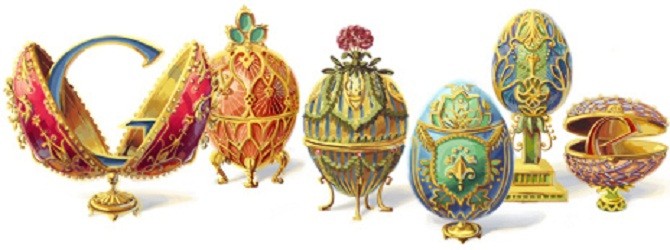
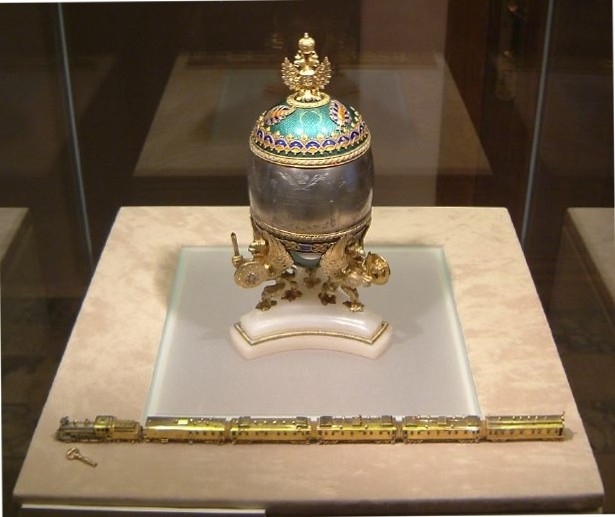
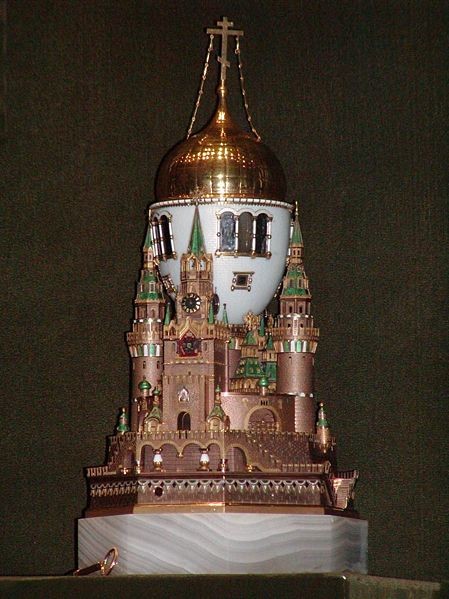
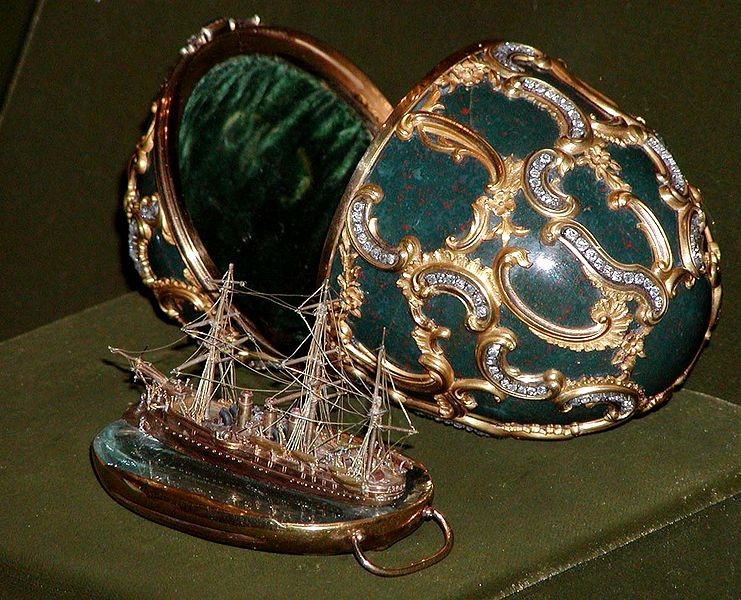
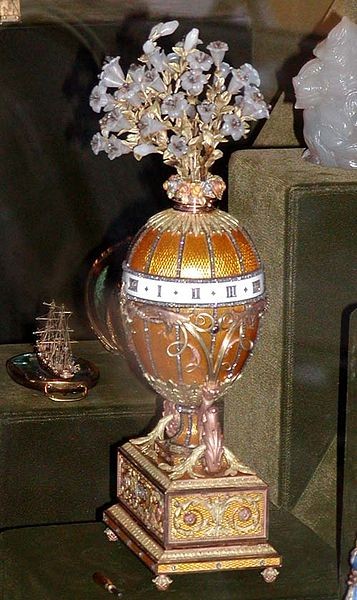

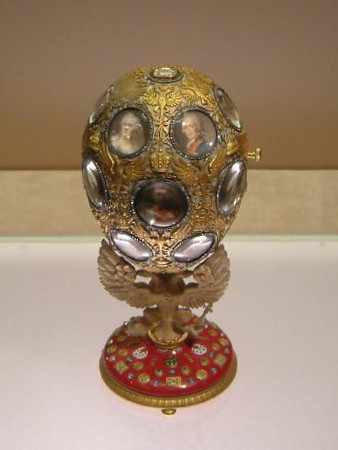
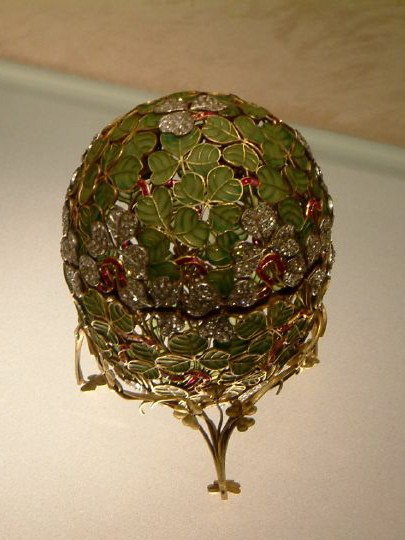
© Copyright IBTimes 2025. All rights reserved.




















